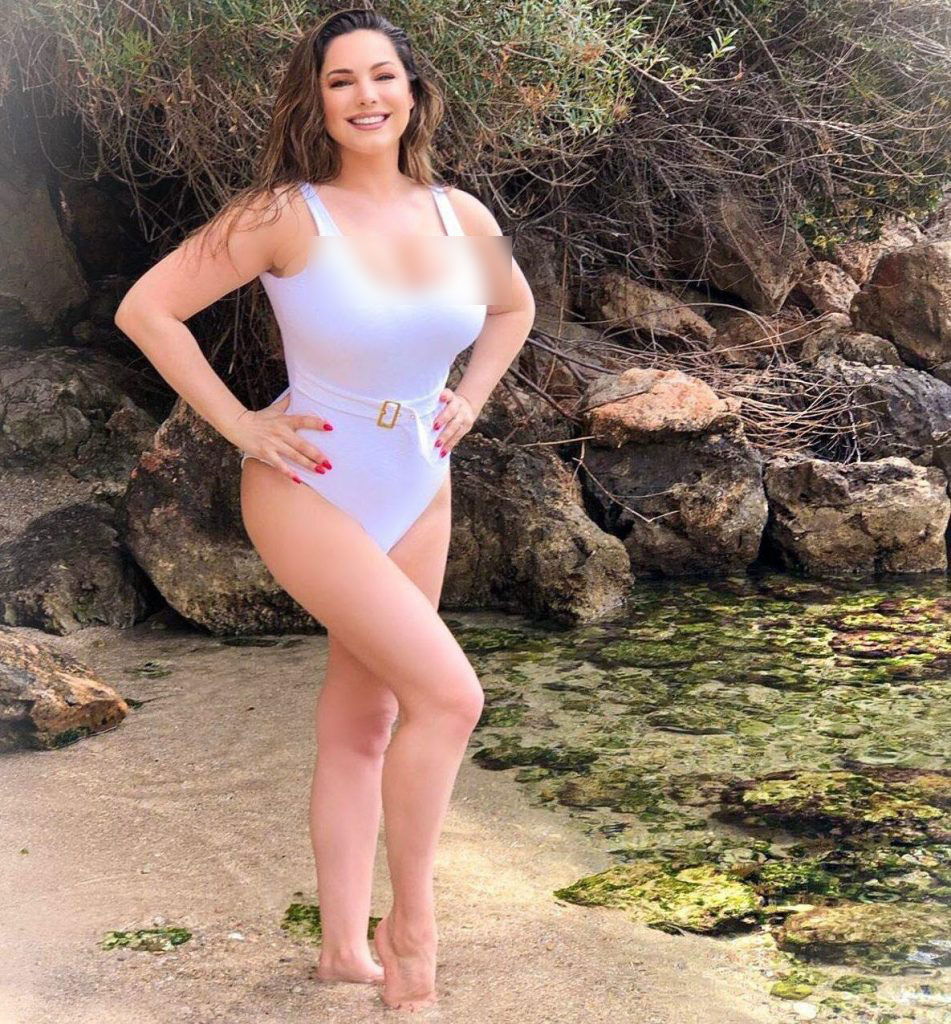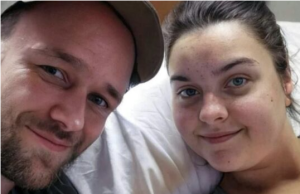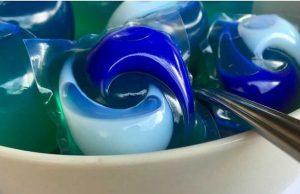
“Beauty has no size, no skin tone, no hair color, no eye color, no facial features, no muscle definition… for we are all uniquely beautiful and the standards are unreal.” – Anonymous
Beauty is one of those social standards that shouldn’t exist, but here we are. Every decade, a fresh concept takes hold, and everyone scrambles to fit in with whatever is deemed the best. Blonde hair and light-colored skin were popular in the 1950s, especially during Marilyn Monroe’s reign. It hardly mattered what your physical type was. If you meet the major criteria, you will have to go through several hoops. In the 1960s, people admired willowy women with adolescent bodies. The 1980s were all about athletic, curvaceous women with toned arms. The ’90s favored ultra-thin women with transparent skin.

From 2000 to the present, and supported by scientists (of all people), the ideal woman must have huge breasts, a massive buttock, an iron-flat stomach, a small waistline, thigh gaps, and flawless skin. Think about Jennifer Lopez, Beyoncé, Kim Kardashian, and Kylie Jenner, and it doesn’t matter how they got their gorgeous bodies.
Despite the present vogue for huge buttocks and boobs, fashion businesses and modeling agencies have stuck to 1990s standards, preferring extraordinarily slender, tall women with well-defined facial characteristics. Think: Olga Sherer, Kim Noorda, and Kaia Gerber. Many women have endured excruciating suffering to obtain this ultra-thin body size, but thankfully, strong voices are being made calling for a reconsideration of these standards.
Large breasts, a thin waist, and large hips
Although the notions are similar, science has a more clear vision of what an ideal attractive woman should look like.
According to academics at the University of Texas, the truly beautiful female figure conforms to 2000s norms. The ideal lady stands 1.68 meters tall, with a bust, waist, and hips measuring 99, 63, and 91 cm, respectively. That’s also 5’5 ft. tall, with bust, waist, and hip measurements of 38.9, 24.8, and 35.8 inches, respectively.
If you’re looking for someone who currently possesses these stats, consider Kelly Brooks.

Kelly Ann Parsons, better known by her professional name Kelly Brooks, is an English model, actress, and media personality. Kelly satisfies the scientists’ requirements and has steadily caused waves in the fashion and modeling industries. Known as a global style icon, the forty-year-old was named FHM’s sexiest woman alive in 2005 and has been modeling since she was sixteen.
Kelly’s modeling career did not always go smoothly. She was periodically turned down by agencies because she was “too plump”. They were always looking for the thinnest women available, and Kelly didn’t meet the criteria.
Kelly is still running a flourishing career fuelled by advertising campaigns for large firms, and she is the poster girl for perfection, according to science.
What’s so special about the 99-63-91 spec?
Several previous and contemporary research have found that males are more attracted to curvier females.
This is because the male psyche subconsciously associates young curviness with fecundity. Attractiveness is strongly predicated on the ability to reproduce, and in this regard, the most attractive women appear to be most suited for childbirth. This is where the term “childbearing hips” came from.
The 99-63-91 body with a height of 1.68m exhibits these so-called fertile and young qualities. However, various factors influence a woman’s fertility, with physical shape playing just a minor role. Infertility concerns can affect anyone, regardless of size, although obesity has been linked to infertility, miscarriages, and pregnancy complications in women.
The scientists may have a point, but beauty is always subjective and depends on one’s criteria.
The truth you should know about the preferred body type in modeling
According to Jennifer Lee, a fashion expert who worked with Chanel’s top designer, the late Karl Lagerfeld, models are chosen entirely for the items they would wear.
The modeling and fashion industries are not particularly interested in beauty standards. Skinny ladies are frequently picked because they are less likely to draw an audience’s focus away from the garments.
Ms. Lee argues that if curvaceous women are hired to model clothes and sell accessories, consumers will end up admiring their bodies rather than the products.
To summarize, beauty exists in everyone, and we should all aspire to be individuals who do not conform to artificial and human-defined beauty standards. Consider how the world would seem if everyone had the same body type, skin color, hair color, or even facial traits. It would be a dull, dreary place with no tasteful diversity. This indicates that every type is important, and women may hold their heads high and love themselves wholeheartedly since we are all perfect in our own way.




















